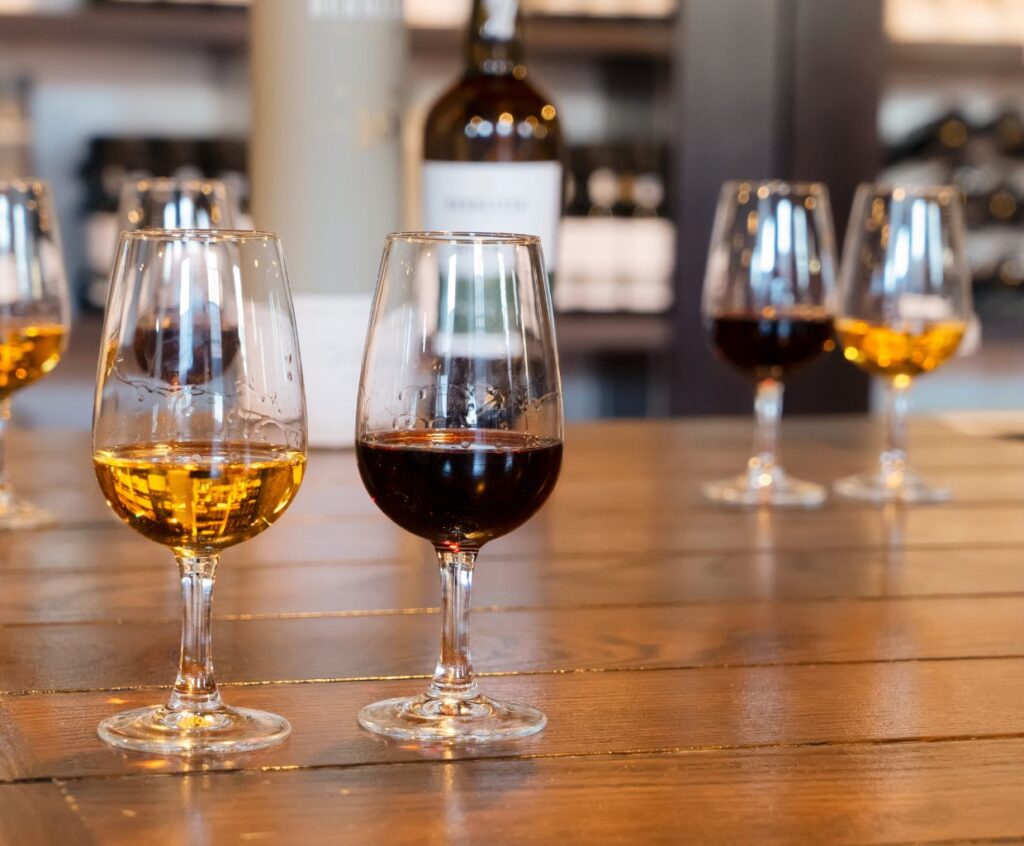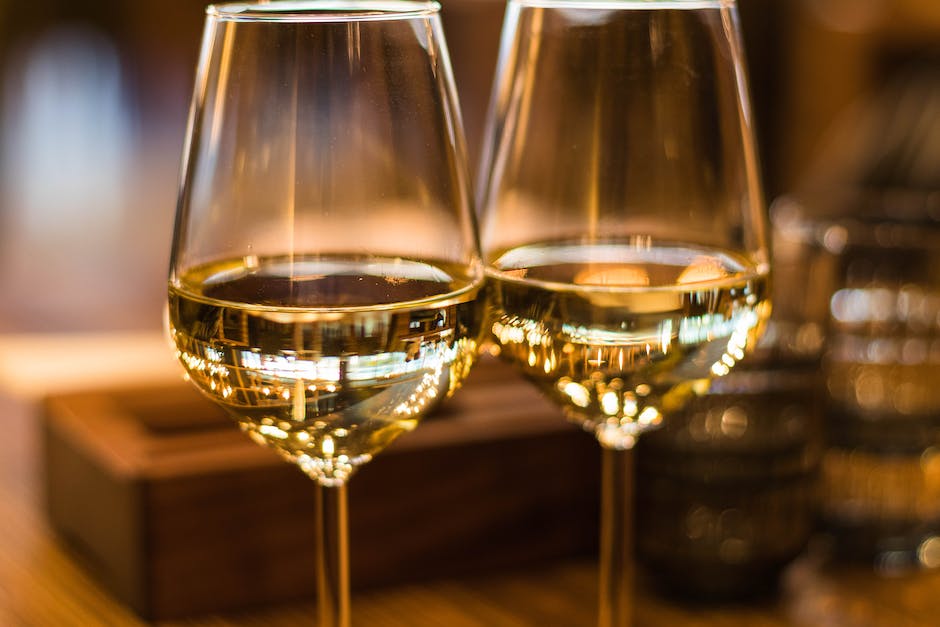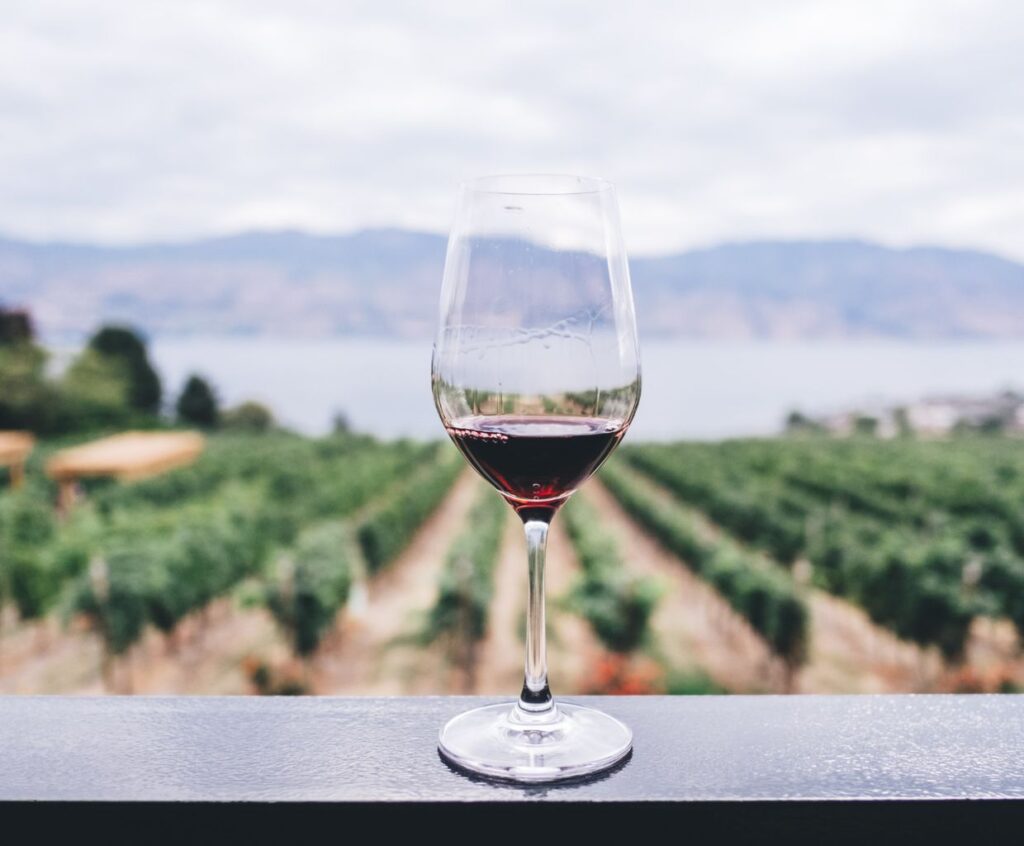When White Wine Turns Brown: Causes and What It Means
White wine is typically enjoyed for its refreshing and light characteristics. However, there may come a time when you pour yourself a glass of white wine, only to find that it has turned an unappetizing shade of brown. This unexpected color change can be concerning and may leave you wondering what went wrong.
In this article, we will explore the various causes behind white wine turning brown and discuss what it means for its taste and quality. Understanding these factors can help you better appreciate and evaluate your white wine, ensuring an enjoyable experience every time.
Causes of White Wine Turning Brown
Several factors can contribute to the browning of white wine:
Oxidation
Oxidation is one of the primary causes of white wine turning brown. When wine comes into contact with air, it undergoes a chemical reaction that breaks down its compounds, resulting in a color change. This process is accelerated when the wine is exposed to heat or sunlight.
Aging
White wine can gradually develop a deeper, more golden hue as it ages. This color change is a natural part of the aging process and is often accompanied by changes in flavor and aroma. However, excessive browning may indicate the wine has aged beyond its optimal drinking window.
Poor Storage Conditions
Storing white wine in improper conditions can cause it to turn brown. Factors such as high temperatures, fluctuations in temperature, and excessive exposure to light can accelerate the oxidation process and lead to undesirable color changes.
What Brown Wine Means
When white wine turns brown, it is generally an indication of oxidation. While oxidation is a natural process that occurs in all wines to some extent, excessive oxidation can negatively impact the taste and quality of the wine.
Brown wine may exhibit flavors and aromas reminiscent of nuttiness, caramel, or even sherry-like characteristics. These flavor profiles result from the breakdown of various compounds during the oxidation process. While some wine enthusiasts may appreciate these flavors, others may find them unappealing.
If your white wine has turned brown, it is advisable to taste it before deciding whether to consume it. It may be best to discard if the wine tastes significantly different than its intended flavor profile or exhibits off-putting flavors.
Preventing white wine from turning brown involves proper storage techniques. Keep your white wine in a calm and dark place, away from direct sunlight and extreme temperature fluctuations. Additionally, consider using a wine preserver or vacuum seal to minimize contact with air once the bottle has been opened.
Remember, while brown wine may not always be ideal, it can offer enjoyable drinking experiences for those who appreciate its unique characteristics. So, don’t be afraid to explore and experiment with different wines!
Why does white wine sometimes change color and turn brown?
There are a few reasons why white wine may change color and turn brown:
1. Oxidation: Exposure to air can cause the wine to oxidize, resulting in a color change. This is more common in wines that have been opened and exposed for a prolonged period.
2. Ageing: As white wine ages, it can develop a deeper color due to chemical reactions that occur over time. This is more likely to happen with wines stored for an extended period.
3. Wine Faults: Some wine faults, such as excessive browning or “maderization,” can cause white wine to turn brown. Various factors, including excessive heat during storage or winemaking errors, can cause this.
4. Malolactic Fermentation: In some cases, white wines may undergo malolactic fermentation, a secondary fermentation that converts malic acid into lactic acid. This can lead to changes in color and flavor, including browning.
It’s important to note that not all color changes in white wine indicate a problem. Some white wines naturally have a deeper color, especially if they have been aged or made from specific grape varieties. However, if off-flavors or unpleasant aromas accompany the color change, it may indicate a fault or spoilage, and the wine should be avoided.
Does the browning of white wine indicate spoilage or a quality issue?
The browning of white wine typically indicates a quality issue rather than spoilage. When white wine starts to brown, it is often a sign of oxidation. Oxidation can occur when the wine is exposed to air for a prolonged period or if the bottle has been improperly stored.
This can lead to a loss of freshness, fruity flavors, and overall quality of the wine. However, it is essential to note that some white wines, mainly aged or fortified wines, may naturally develop a slight browning color without indicating spoilage.
How can one differentiate between normal aging and undesirable browning in white wine?
Differentiating between normal aging and undesirable browning in white wine can be done by observing various characteristics and using sensory evaluation techniques. Here are some ways to differentiate between the two:
1. Color: White wines typically become darker with age, but undesirable browning often presents as a deep amber or brown color. Normal aging may result in a slight yellow or golden hue, while browning is more pronounced.
2. Clarity: Aging can cause slight haziness in white wine, but excessive browning may lead to a significant loss of clarity. Undesirable browning often gives the wine a murky appearance.
3. Aroma: Aging white wine can develop complex aromas like honey, nuts, or dried fruits. However, undesirable browning can introduce off-putting aromas like oxidation, wet cardboard, or sherry-like notes.
4. Taste: Normal aging can enhance the flavors of white wine, giving it a smoother and more rounded taste. Undesirable browning, on the other hand, can introduce unpleasant flavors like caramel, toffee, or cooked fruits.
5. Structure: Pay attention to the wine’s acidity and balance. While aging can reduce acidity, undesirable browning can cause a significant loss of freshness and imbalance in the wine.
6. Bottle condition: Examine the condition of the bottle, cork, and storage environment. Properly stored white wine should have consistent aging characteristics, while undesirable browning may indicate poor storage conditions or a fault in the wine.
It is important to note that white wines can have varying aging potentials, and some wines are intentionally made to age and develop desirable characteristics. When in doubt, seeking the opinion of a knowledgeable wine expert or conducting a professional tasting may provide further insights.




